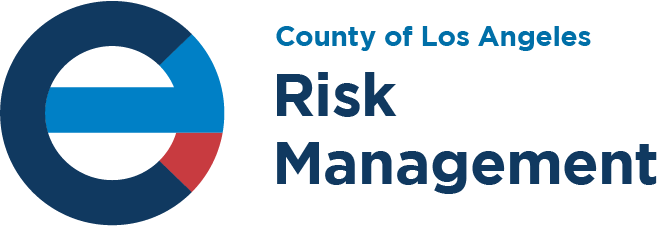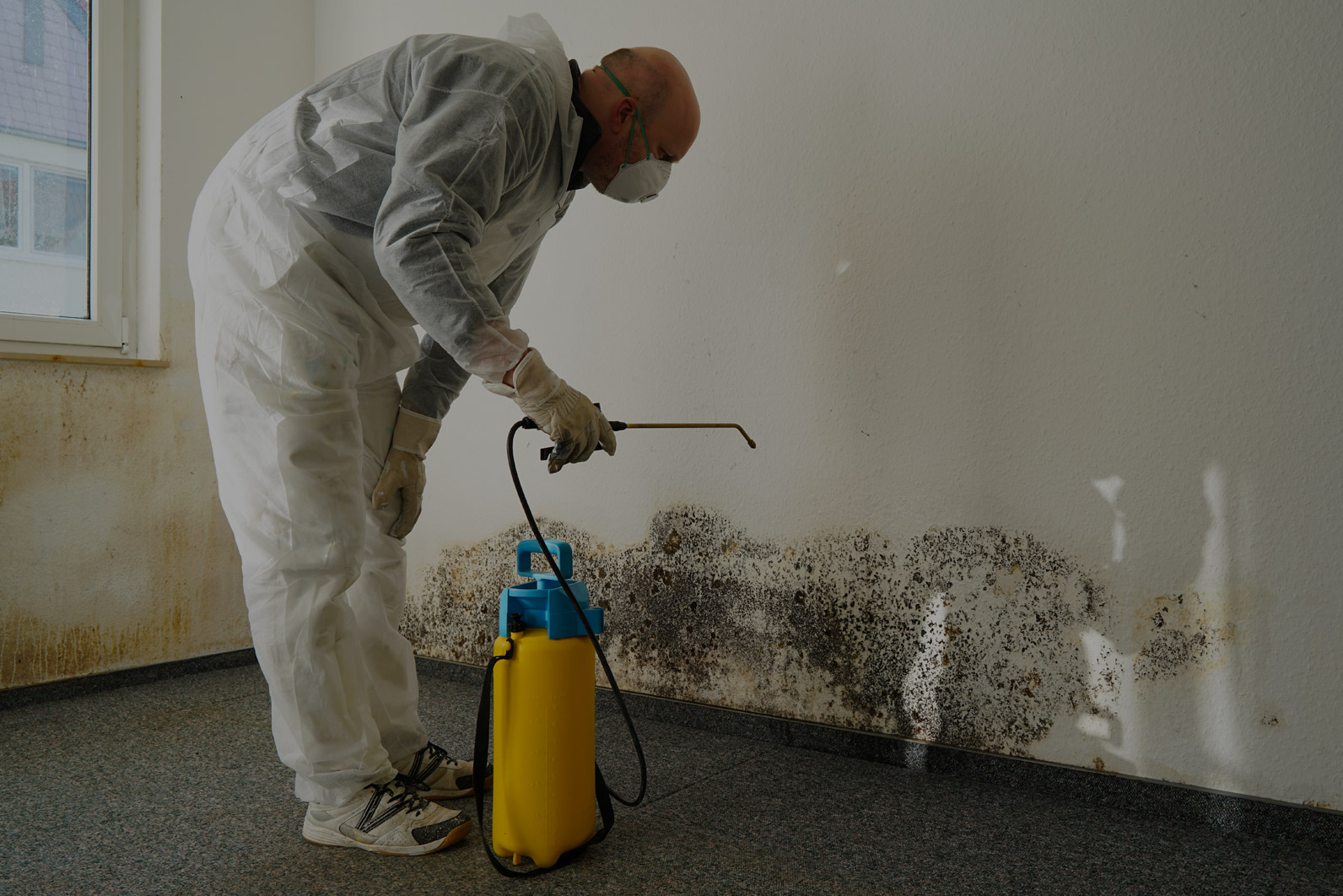Mold is everywhere. It can grow on wood, paper, carpet, ceiling tile, drywall, and insulation. Problems with mold occur when building materials, furniture, and other items get wet and are not dried or removed within 24 to 48 hours, and there is sufficient humidity in the air to encourage mold growth.
There are many sources of water intrusion and moisture within a building. Some are immediately apparent, like a blocked and overflowing drain or roof leak. Some sources, however, may be hidden or leaks may be too small to observe until damage has occurred. Controlling water intrusion and its source is the key to mold control. Focus should be placed on remediating wet materials and controlling humidity to inhibit mold growth.
Mold Remediation Guidance:
-
Focus on fixing the problem, NOT testing for mold. If mold growth is visible, sampling is usually not necessary.
-
Stop the source of the leak or flooding immediately and determine the extent of the water damage.
-
Isolate the area until an assessment is conducted and consider temporary relocation of personnel during remediation.
-
For extensive removal jobs greater than 30 square feet, it is advisable that an experienced, professional contractor be used. A restoration or remediation contractor should be on site within hours of a flood episode. The restoration company must also have the proper equipment to perform the task quickly and efficiently, including water extraction and dehumidification devices.
-
Remove excess water with mops and/or a wet vacuum.
-
Clean, dry, or replace wet building materials and furnishings within 24 to 48 hours of the water intrusion occurrence to prevent mold growth.
-
Move furniture away from walls to increase circulation. Whenever possible, move wet items outside to expedite drying.
-
Run portable fans to increase air circulation. Do not use fans if mold growth may have already started to grow or if it has been more than 48 hours since flooding.
-
This is to prevent spreading of mold into the ventilation system and other areas.
-
Do not run the ventilation system if you know or suspect it is contaminated with mold.
-
Use negative air containment and HEPA-rated filters and vacuums where remediation is taking place to protect other parts of the building.
-
Run dehumidifiers and ventilation systems within containment to lower the humidity and expedite drying.
-
If water has soaked inside the walls, it may be necessary to open wall cavities, remove baseboards, and drill holes in drywalls to facilitate drying inside wall cavity. Pay special attention to built-in cabinets and shelving.
-
Prior to opening wall cavities or conducting any construction activity, determine if asbestos or lead may be present by conducting sampling for asbestos containing materials and lead-based paint.
-
Porous materials (carpet, ceiling tile, drywall, softened wood) that were wet and did not dry within 48 hours usually require removal and replacement.
-
Bag and discard moldy items or materials to prevent spreading of mold.
-
Take special precaution when waste water is involved. In sewage contamination, pathogenic bacteria and viruses must be dealt with by temporary relocation of occupants until cleanup and disinfection has been completed.
-
Maintain communication with employees to ensure their questions are answered and concerns are addressed.

